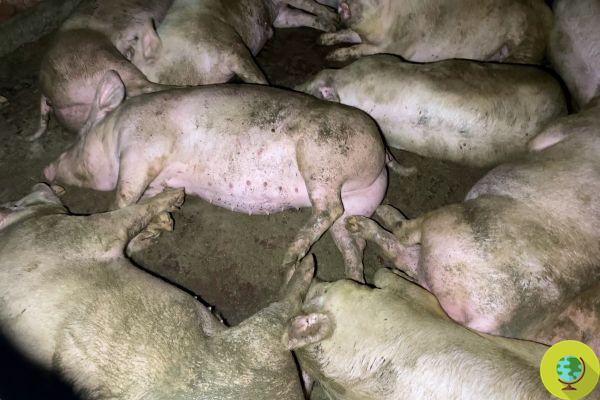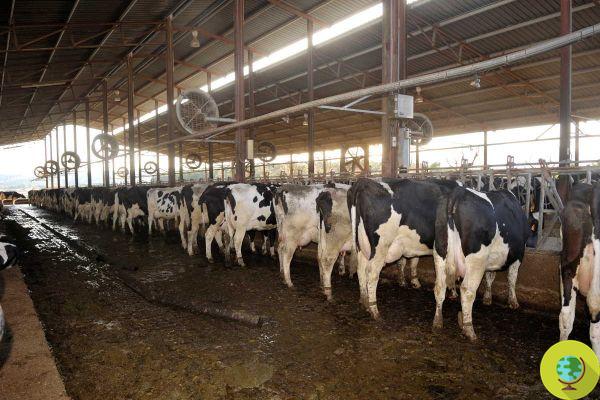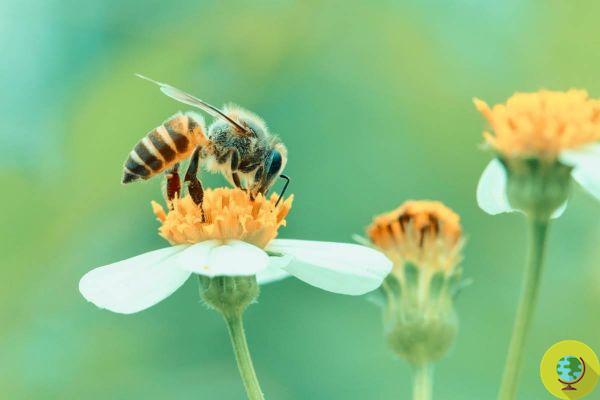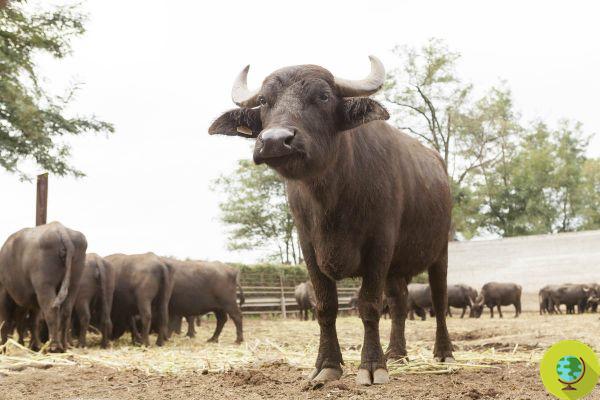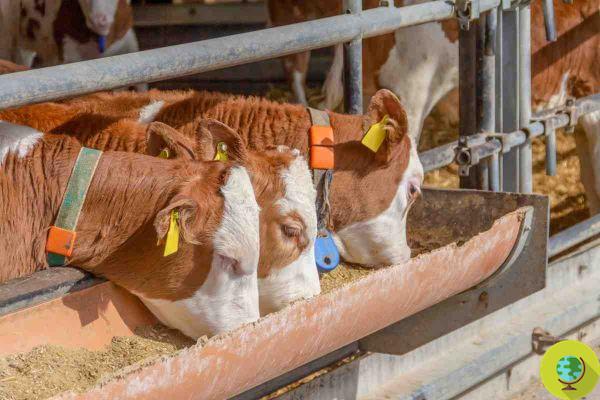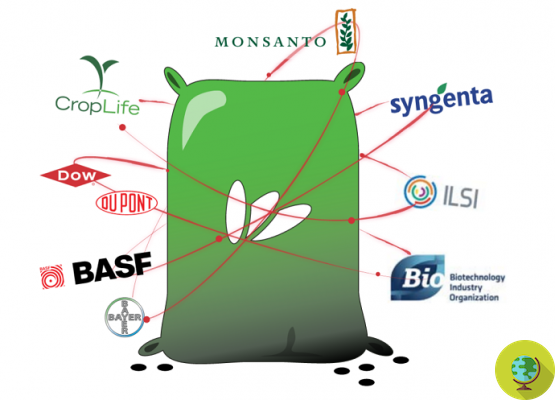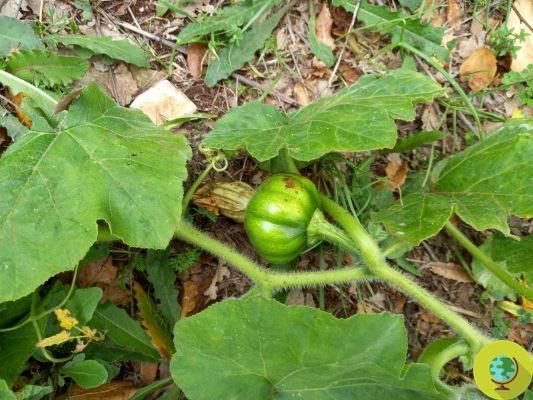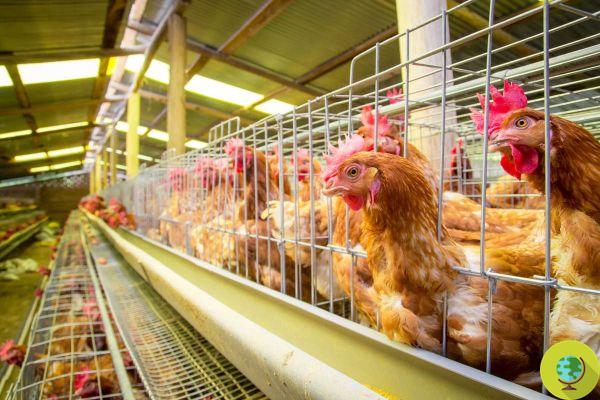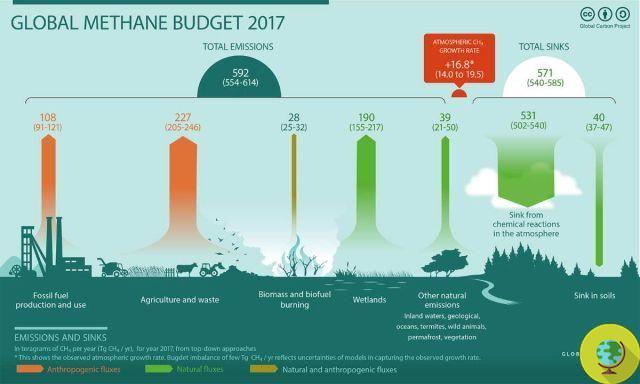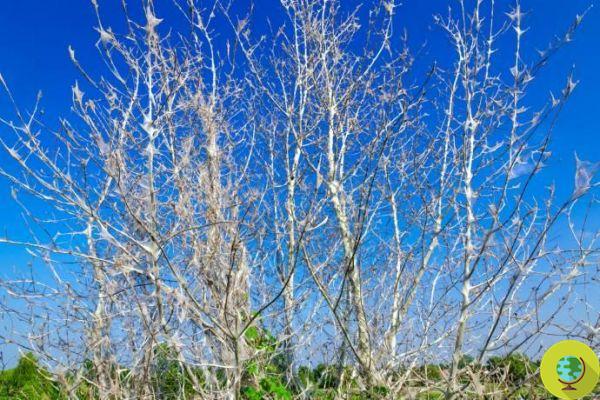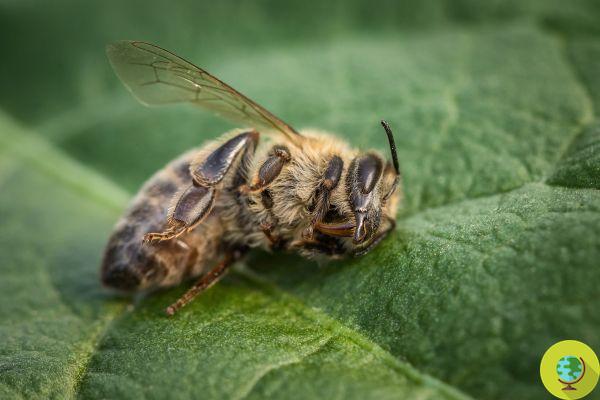The pearl millet could guarantee food and food security for millions of people following further warming of the planet
Il pearl millet (Pennisetum glaucum) is a very nutritious cereal, rich in fiber and above all in proteins and mineral salts including iron, zinc and folate, essential for the health of our body. Also known by the term bajra, the traditional Hindi name for the crop of Pennisetum glaucum, pearl millet is grown mainly in Africa and India, where it is a major source of nutrition, but thanks to its enormous adaptability in many other places as well worldwide.
In addition to being good and rich in properties, pearl millet, in fact, is a cereal able to adapt better than others at extreme temperatures and the lack of water.
This aspect is important because millet, although it is not very consumed by us, represents one of the main sources of livelihood for over 90 million people belonging to the most vulnerable groups in India and sub-Saharan Africa.
In these regions, its consumption makes it possible to prevent the most important nutritional deficiencies found in the weaker sections of the population.
La cultivation of millet perlato covers nearly 30 million hectares in the arid and semi-arid regions of the world, withstanding temperatures up to 42 ° C, to drought and to the attack of downy mildew, a pathogenic fungus.
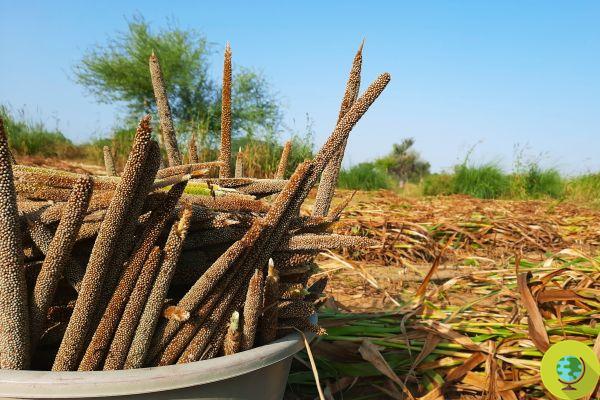
©Click with AJ/Shutterstock
Considering that various cereals such as rice and corn are unable to withstand 35 ° C, the millet endurance it appears unusual and extraordinary and deserves to be studied in view of the increase in temperatures we are facing.
The strategies put in place by the pearl mile for face unfavorable environmental conditions they have therefore been investigated in recent research carried out by various international institutes, including the Institute of Agricultural Biology and Biotechnology (IBBA) of the CNR.
The researchers sequenced and analyzed the genome of pearl millet, discovering the genes responsible for the resistance of this cereal.
The results showed that compared to other cereals, pearl millet has genes for the translation of proteins that act as waxes, isolating and protecting the plants of resist heat and drought, preventing water transpiration.
A very important feature, if we take into account the expected rise in temperatures as a consequence of the climate crisis.
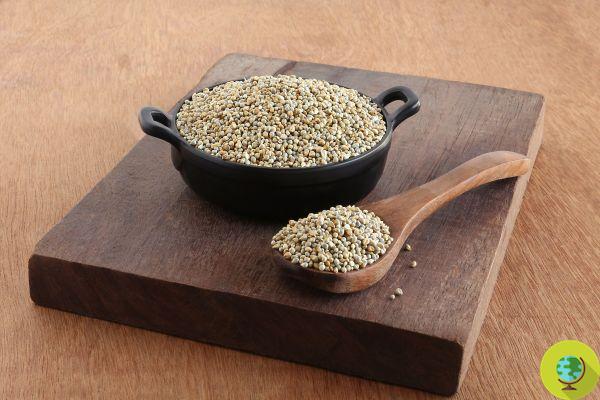
©GreenTree/Shutterstock
The discovery could have important repercussions in the future because the cultivation of plants that are more resistant to heat and lack of water could be able to guarantee the world population the supply of food and food security even following an increase in temperatures that would make difficult, if not impossible, to grow the cereals on which our diet is based today.
Reference source: Nature / CNR
Read also:
- Millet: properties, nutritional values and uses in the kitchen
- Millet: 10 quick and easy recipes
- 10 alternative cereals to wheat to vary your diet
- Barley: types, properties and benefits





